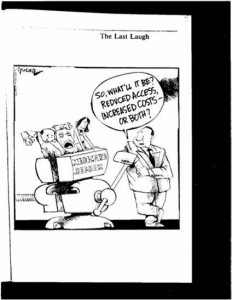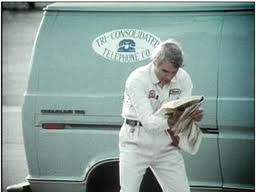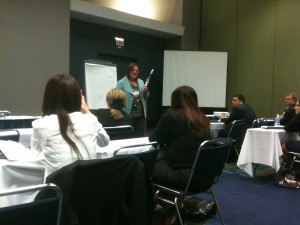The Economic History Blog refreshes our memories on the various types of growth:
Recently I was reminded of the distinction made by Joel Mokyr, in the Lever of Riches, between the four types of growth:
- The Solovian growth, after Robert Solow, which is driven by an increase of the saving rate leading to more investment and thus a jump of the production per unit of labor.
- The Smithian growth, after you know who, which is driven by the positive feedback between the gain from trade and division of labor (specialization).
- The Boserupian growth, after Ester Bosrup, when demographic expansion leads to positive size effects once some thresholds have been reach.
- The Schumpeterian growth, after Joseph Schumpeter, where an increase in the stock of knowledge applied to economic production leads to to the increase of the said production.
And the Visualizing Economics blog provides the visuals.

Now, this is a pretty good illustration of the taking the natural log of an exponential, I’d say.




 What would you do, indeed?
What would you do, indeed? All right, who said it?
All right, who said it?



 File this one under truth is stranger than, well, it’s pretty strange. The United States Food and Drug Administration (FDA), the agency responsible for regulating cigarettes — yes, you read that correctly — has proposed some innovative mandates on cigarette packaging, intended to reduce tobacco consumption.
File this one under truth is stranger than, well, it’s pretty strange. The United States Food and Drug Administration (FDA), the agency responsible for regulating cigarettes — yes, you read that correctly — has proposed some innovative mandates on cigarette packaging, intended to reduce tobacco consumption.
